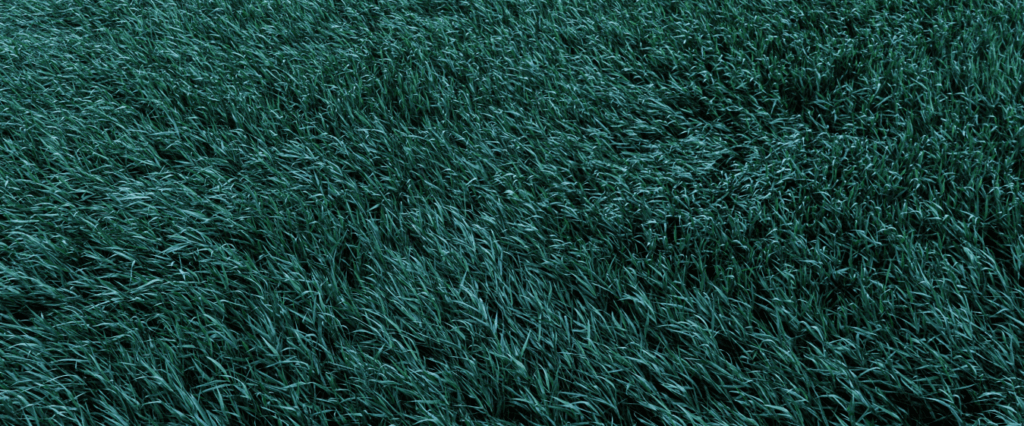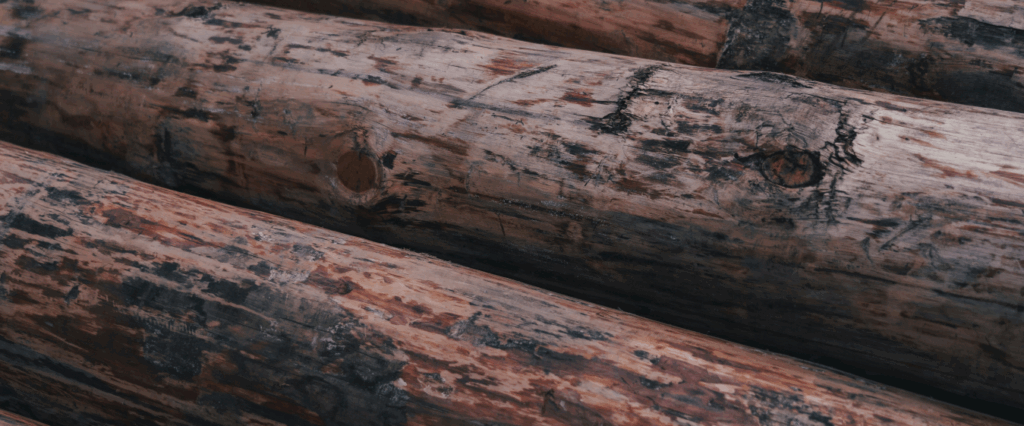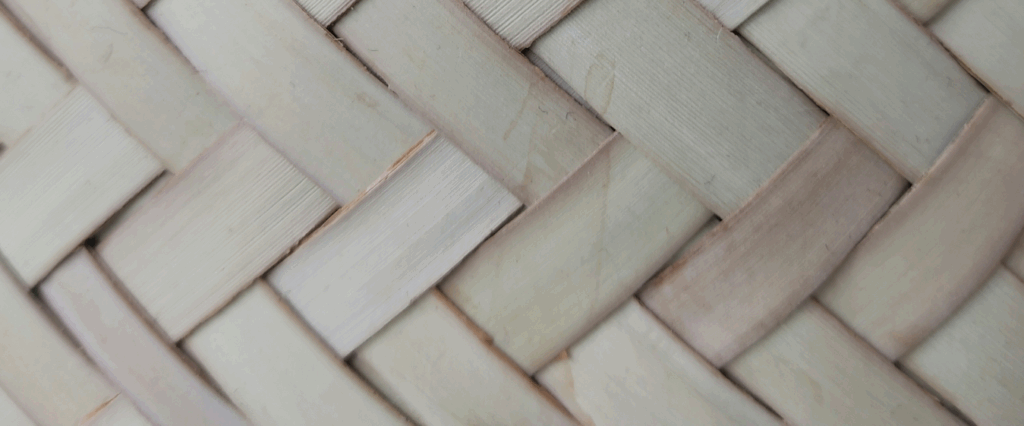Patent litigation is a complex process that often hinges on technical expertise. Take, for example, Apple vs. Samsung, a long-running smartphone patent war that involved the design and functionality of smartphones. In this case, experts analyzed the designs, user interfaces, and underlying technologies of Apple and Samsung devices to determine if Samsung’s products infringed on Apple’s patents related to the iPhone.
In Qualcomm vs. Apple, a showdown over royalties for Qualcomm’s wireless technology used in Apple’s iPhones, experts analyzed the specific components and technologies involved in Qualcomm’s modems and Apple’s iPhones to determine if Apple was using Qualcomm’s patented technology.
And in Google vs. Oracle, a high-profile case involving the use of Java APIs in Android devices, experts analyzed the Java APIs and compared them to Oracle’s copyrighted implementation of Java to determine if Google’s use constituted fair use or infringement.
What is patent litigation?
Patent litigation is the process through which one party sues another for making allegedly unlawful claims upon their patented invention without the patent holder’s permission. Patent rights are not enforced by the federal government, so if a patent holder believes that another party has infringed on their patent and chooses to litigate, they can file a civil lawsuit in a U.S. district court.
Complex technical issues in technology patent litigation
Patent infringement cases, especially involving hardware, software, and other technology products or processes, entail complex technical issues that require analysis of large quantities documents. These include documents relating to the development of the patented technology, developing of the allegedly infringing products prior art, engineering reports, manufacturing records, and more.
Discovery is essential in patent litigation. It involves the exchange of relevant documents between the plaintiff and defendant, interrogatories, and depositions, with the goal of uncovering evidence that could be used to prepare for trial or settlement. (The Sedona Conference Commentary on Patent Litigation Best Practices: Discovery Chapter provides best practices guidance to litigants in the discovery phase.)
The importance of third-party technical experts
Patent litigation is typically highly dependent on expert evidence; as technology incorporates more third-party components, source code analysis, reverse engineering, and other technical evidence collection strategies are critical elements of success in complex litigation.
In most cases, specially retained engineers or technical specialists perform any technical evaluation required to complete pre-filing and early stage infringement analysis. For infringement motions, expert submissions may incorporate claim charts, schematics, source code, and other technical analyses. (The Sedona Conference Commentary on Patent Litigation Best Practices: Use of Experts, Daubert, and Motions in Limine, provides best practices guidance on using expert testimony at pretrial proceedings and during trial).
Below are several types of expert analyses used to determine if a product infringes on a patent: product testing, source code review, and reverse engineering.
Product testing
Product testing is the process of examining and analyzing a product to determine whether it infringes upon a patented invention. It involves a detailed technical comparison of the accused product to the claimed invention, identifying similarities and differences, and assessing whether the accused product incorporates the essential elements of the patented invention.
By carefully examining the accused product and comparing it to the patented invention, parties can build a strong case and present compelling arguments in court. (Product testing also can help identify whether a product infringes on another company’s patent before the patent prosecution process, helping avoid litigation that comes with patent infringement.)
Source code review
In some cases, litigators may find that certain features of patent claims, such as server-side functionalities or background processes, cannot be detected with product testing. For such claim features, patent infringement may only be able to be detected within the product’s source code.
Source code review is the process of examining and analyzing the source code of a software product to determine whether it infringes upon a patented invention. It provides an “inside” view of how the products work, including how the technology behaves, stores data, executions various operations, and communicates with other devices or systems.
In 2022, 70% of all district court litigation involving hardware and software relied on source code review to detect patent infringement.
Reverse engineering
Reverse engineering in the context of patent litigation is the process of analyzing a product or technology to understand its design, components, and manufacturing processes.
There are numerous analyses involved in reverse engineering. Product analysis involves dissembling the product to examine its components, materials, and assembly methods. Functional analysis provides an understanding of how the product works and what functions it performs. In design analysis, the design concepts, principles, and techniques used in the product are identified. Manufacturing analysis determines the manufacturing processes and techniques used to produce the product.
By understanding the design and components of an accused product, parties can determine whether it incorporates elements of a patented invention.
Summing up: the power of technical evidence in patent litigation
Technical evidence collection isn’t important just for software developers and manufacturers of electronics, components, and devices. It can be important to other domains, as well: the 2023 case brought against FTX and Sam Bankman-Fried, for example, demonstrates how source code review can play a critical role in evidence detection.
By incorporating technical analyses into a patent litigation strategy, litigants can enhance their understanding of the underlying technology, strengthen their arguments, and increase the likelihood of a favorable outcome.
UnitedLex has supported 800+ patent litigation matters with case strategies anchored in patent analyses. To learn more, let’s talk.














